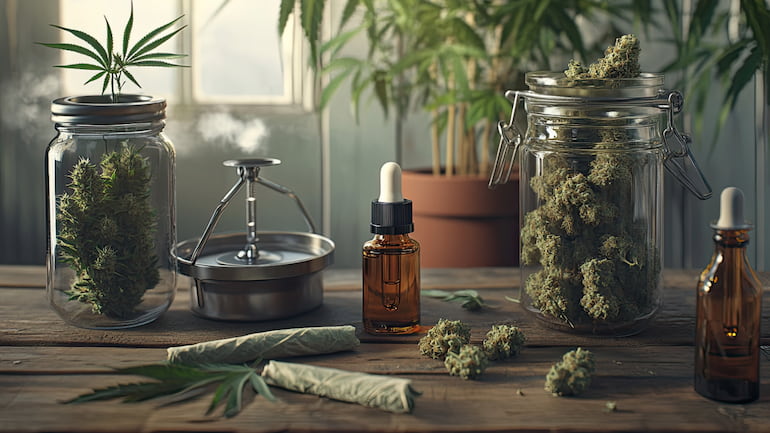We’ve all witnessed it: the first-time “pot” user, eager to demonstrate their willingness to “party,” grabs that glass pipe, vape or pen and pulls in air at a rate unseen among actual cannabis users.
Their face turns a different hue, their eyes water, and they cough, choke, maybe spit or lean forward, perhaps throw up. Next thing you know, they’re mocking “loser stoners” and describing the dangers of cannabis they witnessed, while downing their third or fourth beer.
Responsible consumption is a real thing. It’s an obligation all cannabis users have to the greater community, especially in an era of increasing legalization. It’s how you guard against hurting yourself and others. It’s the only way to partake of cannabis’ documented benefits.
Below are 8 Foundational Facts About Responsible Cannabis Consumption. They’re a great place to start separating truth from myth, and also a peek at topics we’ll cover in the future:
— You don’t have to get “high” to experience the benefits of cannabis, or hemp. Some strategies to explore its benefits without risking a psychoactive experience include topicals, micro-dosing, and CBD-only options.
— Inhaled forms of cannabis typically are felt within two to 10 minutes, and wear off after 1 and 3 hours, according to Healthline.
— Edible forms of cannabis – which can include bakery products, candies, pills and drinks – are typically felt within 30 to 60 minutes, and can last from 3 to 12 hours.
— Vaping of dry herb cannabis has been the recommended form of inhalation by the National Organization for the Reform of Marijuana Laws (NORML) for more than 20 years. Though still impacting lung function, vaping minimizes ingestion of other chemical substances and inhalation of particulate matter. In addition, vaping preserves the terpenes in cannabis that provide most of its medical and health benefits.
— Everyone is affected differently by cannabis, and your experience will vary based on at least 16 different factors:
- experience level or frequency of consumption
- amount consumed
- manner consumed
- form consumed
- strain consumed
- THC (psychoactive) and CBD (body effect) levels
- Indica (sedating), sativa (stimulating) or hybrid strain
- dominant terpenes
- body weight
- body fat percentage
- metabolism level
- other substances you are using (ranging from alcohol to prescribed anti-depressants, to vitamins and antihistamines, to illicit drugs)
- whether you used them before or after cannabis
- when you last ate
- whether you are hydrated
- and other physical conditions you may have
— It’s never the responsible decision to drive while under the influence of cannabis. Research shows, however, that regular users experience less driving impairment than occasional users.
— Cannabis’ interaction with other substances is important to research and understand prior to use. For example, consuming cannabis prior to alcohol will lessen the effect of alcohol and increase the risk of being legally “drunk,” writes Discover Magazine, while consuming alcohol prior to cannabis is likely to enhance cannabis’ effects. Some anti-depressants and other prescription medications also tend to lessen the effects of cannabis.
— The safe age at which scientists now say it’s OK to consume cannabis is 21, reports Inverse. Earlier usage typically results in “much worse outcomes” Some doctors still recommend waiting until after age 25, when the brain’s development is complete.
Yes, responsible cannabis consumption is about so much more than whether you’re getting “high” or not. Watch future editions for deeper dives into the points above, and more. And if you have a question about cannabis consumption, email it to reachus@main-stream.org


